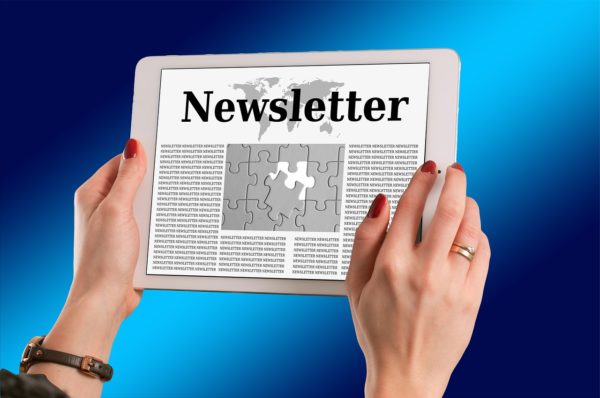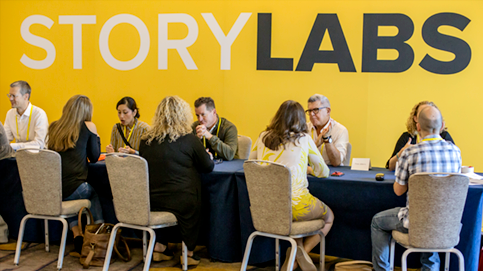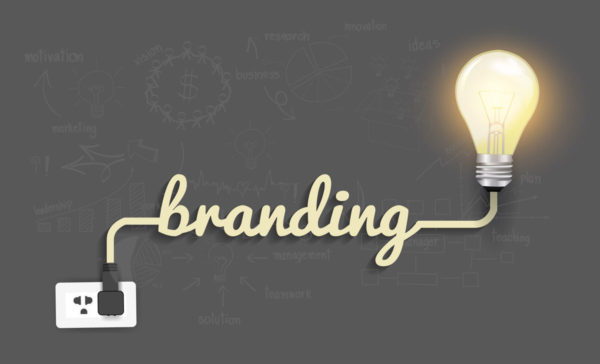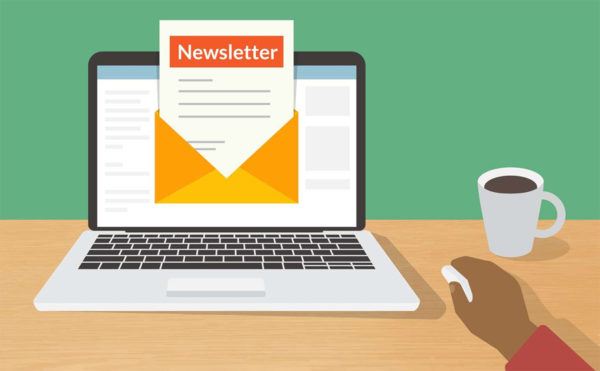This is the first in a series of posts that will show you how to create donor-delighting, money-raising newsletters.
We’re talking about newsletters that your donors love to open, the kind that increase the chance they’ll keep giving to your organization year after year, and the kind that raise way more money than they cost to send out.
What Is Your Newsletter’s Purpose?
Here’s our approach, and it’s been successful for every type of organization in every sector we’ve tried:
Your newsletter exists to show your donor how her gift made a difference, and to show her what her gift today will do.
There’s a lot in that one sentence, which we’ll unpack during this series.
But it’s just as helpful to understand what your newsletter should not be:
- It should not a newspaper, full of all kinds of stories
- It should not be about your organization, your programs, your staff, your volunteers, your sponsors, or your partners
- It should not be about how much money you’ve raised
- It should not be a “playbill” about the upcoming events and ways a donor can get involved
- It should not “hide the good news” by only mentioning the donor at the very end of stories
And yet, those are the things that most nonprofits use their newsletters for.
That’s why most newsletters don’t get read.
That’s why they don’t measurably help organizations keep their donors.
And it’s why most newsletters don’t raise much (if any) money.
Here’s the Big Idea:
Your donor is more interested in reading about herself – about what she and her gift did – than she is reading about any of those other things.
So if you want her to read your newsletter, write to her and write about her.
You Need a To-do list and a Not-To-Do List
Newsletters don’t raise a lot of money by accident.
The content is curated and the offer decided. Then it’s written and designed with the intent to raise money.
Everything included in it is done with a purpose. That means that a bunch of things are also excluded on purpose.
For smaller organizations, this is hard, because it means telling some staff that their program will never be featured in the newsletter. It means getting more stories and photos of beneficiaries. It means the “save the date” for your next event needs to be an additional mailing, not in your newsletter.
It’s hard, but it’s worth it. This approach works measurably better than any other approach I’ve ever seen in my 27 years of fundraising.
If you’d like to know more, stay tuned (and subscribe to our blog if you haven’t already)!
Read the series:
- What the purpose of your newsletter SHOULD be (This post)
- Why are you writing about the organization?
- What your next newsletter should be like
- Outline for newsletter stories
- Newsletter Headlines That Work
- Newsletter Picture Captions that Help, not Hurt
- Newsletter Design: Readable and Scannable Above All Else
- Who to Mail Your Newsletter To
- The Back Page: How to Turn Those Good Feelings into Donations
- Your Printed Newsletter: The final Big Idea that brings it all together








